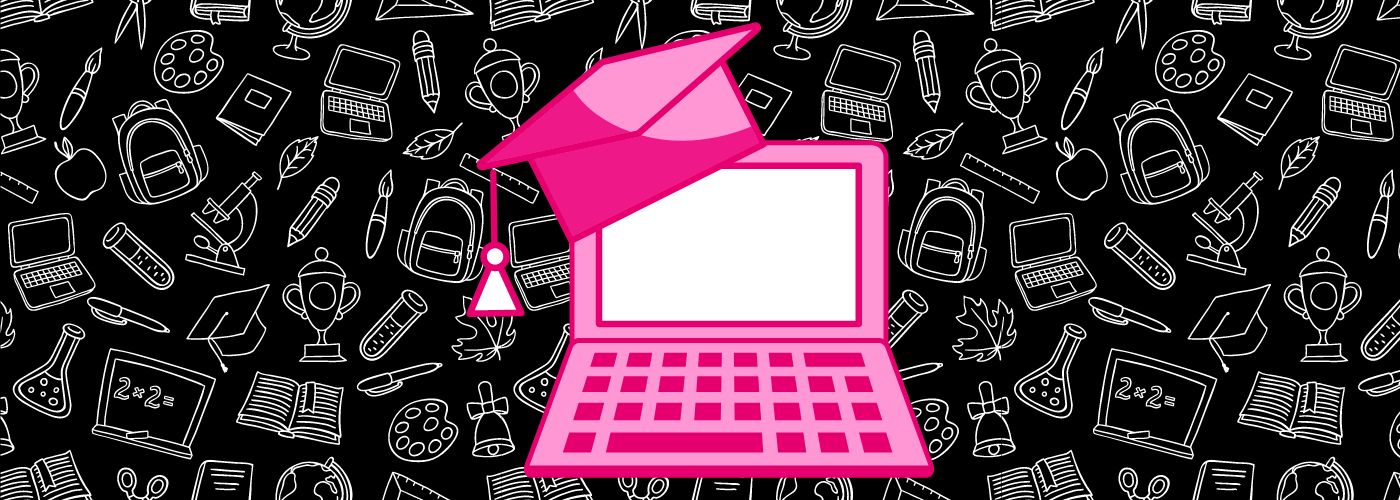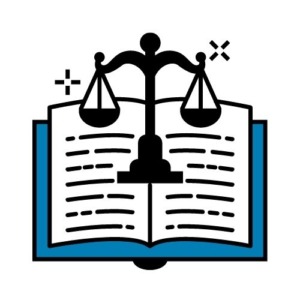eLearning Accessibility Laws
Updated: April 4, 2023
Guide to Digital and Communication Accessibility in Higher Education [Free webinar]
The two major disability rights laws in the United States — the ADA and the Rehabilitation Act — were passed long before the proliferation of the internet as we know it today.
However, these laws were written broadly with the intention that they would keep pace with evolving technology and our continued reliance on it.
In the world of education, where classrooms are becoming increasingly digital, these laws are meant to protect the rights of learners with disabilities that affect computer use.
This means that online learning content, like educational videos one might find in a traditional college course or a massive open online course (MOOC), must include accessibility features for students with disabilities. This blog will cover legal specifications that ensure accessible eLearning.
Accessible eLearning under the ADA
Title II
The Americans with Disabilities Act (ADA) is a civil right statute created to limit discriminatory practices towards individuals with disabilities. Both public and private entities are affected by the ADA.
Title II of the ADA prohibits discrimination by all public entities at the federal, state, and local level. This includes public universities and any publicly available online learning materials. For example, eLearning video content must feature closed captions, audio description, and other accessibility best practices.
In December of 2022, a consent decree between the Department of Justice (DOJ) and UC Berkeley concerning the web accessibility of UC Berkeley’s online content was approved. The DOJ found that UC Berkeley was in violation of Title II of the ADA due to its inaccessible free online material.
Under the agreement, UC Berkeley must comply with WCAG 2.0 Level AA. The consent decree between the DOJ and UC Berkeley provides a framework for what’s expected under Title II of the ADA for online educational content.
Title III
Title III of the ADA requires places of public accommodation, which includes private entities and places of education, to be accessible. Under Title III, no individual may be discriminated against on the basis of disability with regards to the full and equal enjoyment of the goods, services, facilities, or accommodations of any “place of public accommodation” by any person who owns, leases (or leases to), or operates a place of public accommodation.
Numerous court cases involving the ADA and inaccessible websites have confirmed that websites are considered places of public accommodation. Cases like NAD v. MIT and NAD v. Harvard were triggered by the universities’ inaccurate auto captioning on their free online programming and platforms, such as YouTube, iTunesU, Harvard@Home, and MIT OpenCourseWare. Both MIT and Harvard eventually reached settlements that strengthened digital accessibility policies and required accurate captions.
The number of ADA-based lawsuits continues to increase. There were nearly 100 new lawsuits per week in the first half of 2022 alone. This number compares to 70 lawsuits per week in 2021.
To avoid litigation, any public-facing websites that act as an interface for taking courses, such as Coursera or Future Learn, should make their websites and multimedia content fully accessible.
Guide to Digital and Communication Accessibility in Higher Education: watch the webinar ➡️
Accessible eLearning under Section 504
Section 504 of the Rehabilitation Act is considered to be the first statute to declare civil rights for individuals with disabilities. This section of the Act declares that:
- “No otherwise qualified individual with a disability in the United States […] shall, solely by reason of her or his disability, be excluded from the participation in, be denied the benefits of, or be subjected to discrimination under any program or activity receiving Federal financial assistance or any program or activity conducted by any Executive agency or by the United States Postal Service.”
This law applies to any program or entity, including organizations and public or private universities, that receive federal funding. So, if your organization or institution receives any kind of federal funding (such as student aid or research grants) it could be considered a federally funded program and must ensure it does not exclude anyone with a disability from any program or activity, including participation in online learning activities.
The Rehabilitation Act and the ADA exist separately, but the ADA is generally perceived as an expansion of Section 504 that protects a broader range of individuals with disabilities. The above-mentioned lawsuits against Harvard and MIT alleged violations of Section 504 in addition to the ADA.
Accessible eLearning under Section 508
Section 508 of the Rehabilitation Act requires that the electronic communications and information technologies, such as websites, email, or web documents of federal programs be accessible and operable in a variety of ways.
Section 508 states that, “When developing, procuring, maintaining, or using electronic and information technology, each Federal department or agency […] shall ensure, unless an undue burden would be imposed on the department or agency, that the electronic and information technology allows, regardless of the type of medium of the technology, individuals with disabilities […] to have access to and use of information and data that is comparable to the access of [those] who are not individuals with disabilities.”
The World Wide Web Consortium’s collection of Web Content Accessibility Guidelines (WCAG) is quickly becoming the international standard for web accessibility. The Section 508 Refresh directly references WCAG 2.0, thereby broadening its coverage to all content covered under Section 508. The refresh covers more documents, more technology, and more people, as WCAG specifies levels of compliance – Level A, Level AA, and Level AAA – in addition to testable provisions.
This law only applies to federal programs. However, many US States and organizations have laws (known as “mini 508s”) that reference Section 508. So, if any institutions or organizations reside in one of those states or have organizational policies that reference Section 508, any MOOCs or other online learning content must be fully accessible or have auxiliary aids for people with sensory disabilities.
While it is up to some debate as to whether federally funded programs must comply with Section 508, there are certain stipulations that often require these programs to provide accessible technology and web content. For example, the Assistive Technology Act will not provide funding to states unless they guarantee that all programs – including colleges and universities – will comply with Section 508.
With the boom in eLearning and remote education tools since the COVID-19 pandemic, the importance of accessible digital learning experiences continues to grow. Ensuring that your MOOC or educational video content is accessible will help you grow your student base, create an equitable learning experience, and avoid legal consequences.




